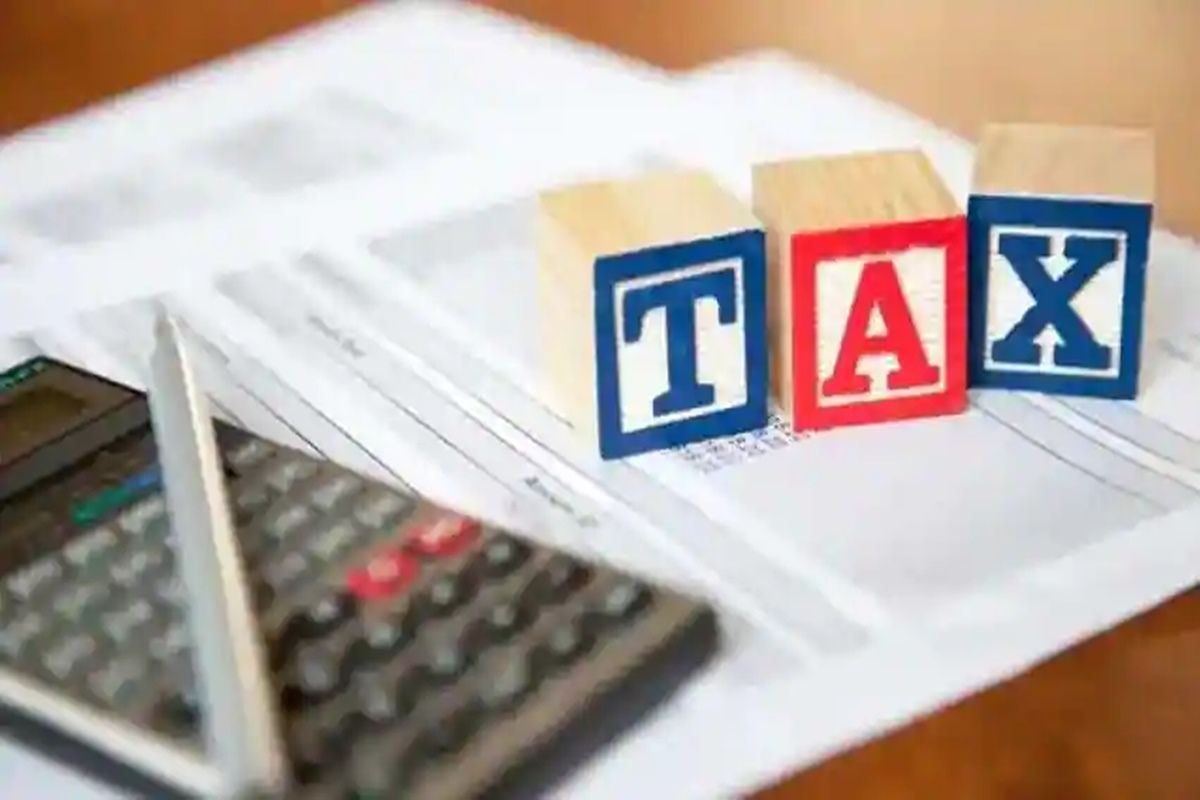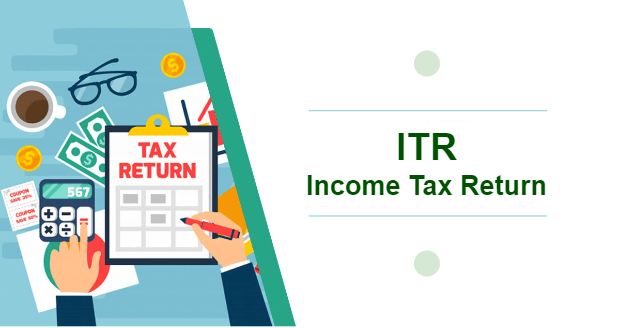
Income Tax Return filing for AY 2023-24: All you need to know
We are in the month of June and one important activity almost everyone would be doing now is ITR filing. So let’s understand a bit in depth about ITR filing.
Who needs to file ITR?
If your gross annual income, in a financial year (April to March), is more than Rs. 2.5 lakh (without deductions), you must file an income tax return (ITR).
Other conditions when you must file ITR :
- If you have incurred an aggregate expenditure of over Rs.2 lakh for yourself or any other person travelling to a foreign country.
- If you have incurred aggregate expenditure over Rs.1 lakh towards payment of electricity bill.
- You want to carry forward a loss under a head of income.
- Return filing is mandatory if you are a Resident individual and have an asset or financial interest in an entity located outside of India.
- If you are a Resident and signing authority in a foreign account.
- If you deposited more than Rs. 1 crore in a current account or more than Rs. 50 lakh in a saving account.
- If your total sales, turnover or gross receipts from business exceeds Rs. 60 lakh / total gross receipts in profession exceeds Rs. 10 lakh
- If your total TDS / TCS deducted during the year is Rs. 25,000 or more (Rs. 50,000 or more for senior citizens)
- If the taxes deducted/ deposited during the financial year exceeds the actual tax liability, then ITR filing is mandatory for individuals to claim income tax refund.
Anyone can file ITR. Proof of return filing may also be required when applying for a loan or a visa.
How does one know which ITR form to fill
Individuals & HUF
ITR-1 – For individuals being a resident, income < 50 lakh, one house property, Agricultural income < Rs. 5k
ITR-2 – Individuals and HUFs not having income from business/profession
ITR-3 – Individuals and HUFs having income from business/profession
ITR-4 – Individuals, HUFs and Firms (other than LLP) being a resident having total income upto Rs.50 lakh and having income from business and profession which is computed under sections 44AD, 44ADA or 44AE
Imp cases where you CANNOT file ITR -1 even if your total income from salary and other sources does not exceeds Rs. 50 lakhs :
- You have made some profit from VDA such as cryptocurrency as this will be reported as capital gains
- You have invested in unlisted equity shares through ESOP or otherwise.
- You are a Director in a company.
- You have only salary income but hold more than one house.
- If You are RNOR, NRI you cannot file ITR-1.
Company
• ITR-6 – Companies other than companies claiming exemption under Section 11.
Trusts, Political Party, University, etc
• ITR 7 – For persons including companies required to furnish return under sections 139(4A) or
139(4B) or 139(4C) or 139(4D) only.
Others
- ITR-5 – persons other than- (i) individual, (ii) HUF, (iii) company and (iv) person filing Form ITR-7 namely:
- Firm
- Limited Liability Partnership (LLP)
- Association of Persons (AOP)
- Body of Individuals (BOI)
- Artificial Juridical Person (AJP) referred to in clause (vii) of Section 2(31)
- Local Authority referred to in clause (vi) of Section 2(31)
- Representative Assessee referred to in Section 160(1)(iii) or (iv)
- Cooperative Society
- Society registered under Societies Registration Act, 1860 or under any other law of any State
- Trust other than Trusts eligible to file Form ITR-7
- Estate of Deceased Person
- Estate of an Insolvent
- Business Trust referred to in Section 139(4E)
- Investments Fund referred to in Section 139(4F)
So, in case I have income from Salary and other sources but it exceeds Rs. 50 lakh do I have to do some additional disclosures?
Statement of Assets and Liabilities will need to be provided by a salaried person also. This includes :
- Details of all movable assets and immovable assets held including land, building, jewellery, bullion, archaeological collections, drawings, paintings, Vehicles, yachts, boats, aircrafts, etc.
- Details of financial assets – bank balance including deposits, shares, securities, sum assured of insurance policies, loans given, cash in hand, etc
- Liabilities in relation to assets above
What precautions should I take while filing the return of income?
Download AIS and Form 26AS and reconcile the TDS / TCS / tax paid.
Consider all common tax deductions under the old tax regime
- 80C – Life insurance, ELSS investment, EPF contribution, Home loan principal repayment, stamp duty, etc
- NPS – Employees contribution to NPS upto Rs. 1,50,000, Additional contribution of employee – Rs. 50,000, Employers contribution upto 10% of salary
- 80D –
• Medical insurance premium self & family Rs. 25,000 ; Parents Rs. 50,000
• > 60 yrs – Medical expenditure on health of self & family if no insurance Rs. 50,000 ; Parent Rs. 50,000 ;
• Preventive health check-up Rs. 5,000 - 80G – Donation to specified institutions @50% / 100% ; 80GGC – donations to political parties
- Interest – 80TTA – Saving bank interest up to Rs. 10,000 ; 80TTB – Interest on FD held by senior citizen upto Rs. 50,000
- Others – 80E – Education loan interest upto 8 years – no monetary limit; 80GGA – House Rent upto Rs. 5,000 in case HRA is not received
In the New tax regime you get only the following deductions:
- Standard deduction from Salary (Rs. 50,000) w.e.f 1 April 2023 (not available for FY 2022-23)
- Employers’ contribution to PF
- Interest on Home Loan on Let-out Property u/s 24
- Gratuity, Leave Encashment subject to certain conditions.
Select the most beneficial tax regime. Employees can select every year but business/professional can select once.
For salaried persons with F&O income, you will be filing ITR-3 and hence the option to select tax regime will not be available every year.
e-File the return of income on or before the due date. The consequences of delay in filing returns include late filing fees, losses not getting carried forward.
After e-Filing the return, e-Verify it.
What are the major changes to ITR forms?
• Salary and Income from other sources: A new disclosure has been added for ‘Income from retirement benefit accounts’. Disclosure is required to be made about the taxable income on which relief under section 89A was claimed in any of the earlier years.
• Crypto/VDA:
- Every transaction of VDA must be reported along with the dates of sale and purchase under a separate schedule – ‘Schedule – VDA’.
- Taxable income will be Capital Gains or Business Income based upon the classification of income.
- If VDA is treated as capital gains, a quarterly breakup must be provided.
• Intraday Trading Disclosure: Turnover and income from intraday trading must be reported separately under the Trading Account.
• Old vs New tax regime: A new questionnaire in ITR 3 and ITR 4 has been added to determine if the taxpayer has opted out of the New Tax Regime in previous years.
• Donation – a new column has been inserted to disclose ARN (Donation Reference Number) in case the donation is made to entities wherein a 50% deduction is allowed subject to the qualifying limit.




